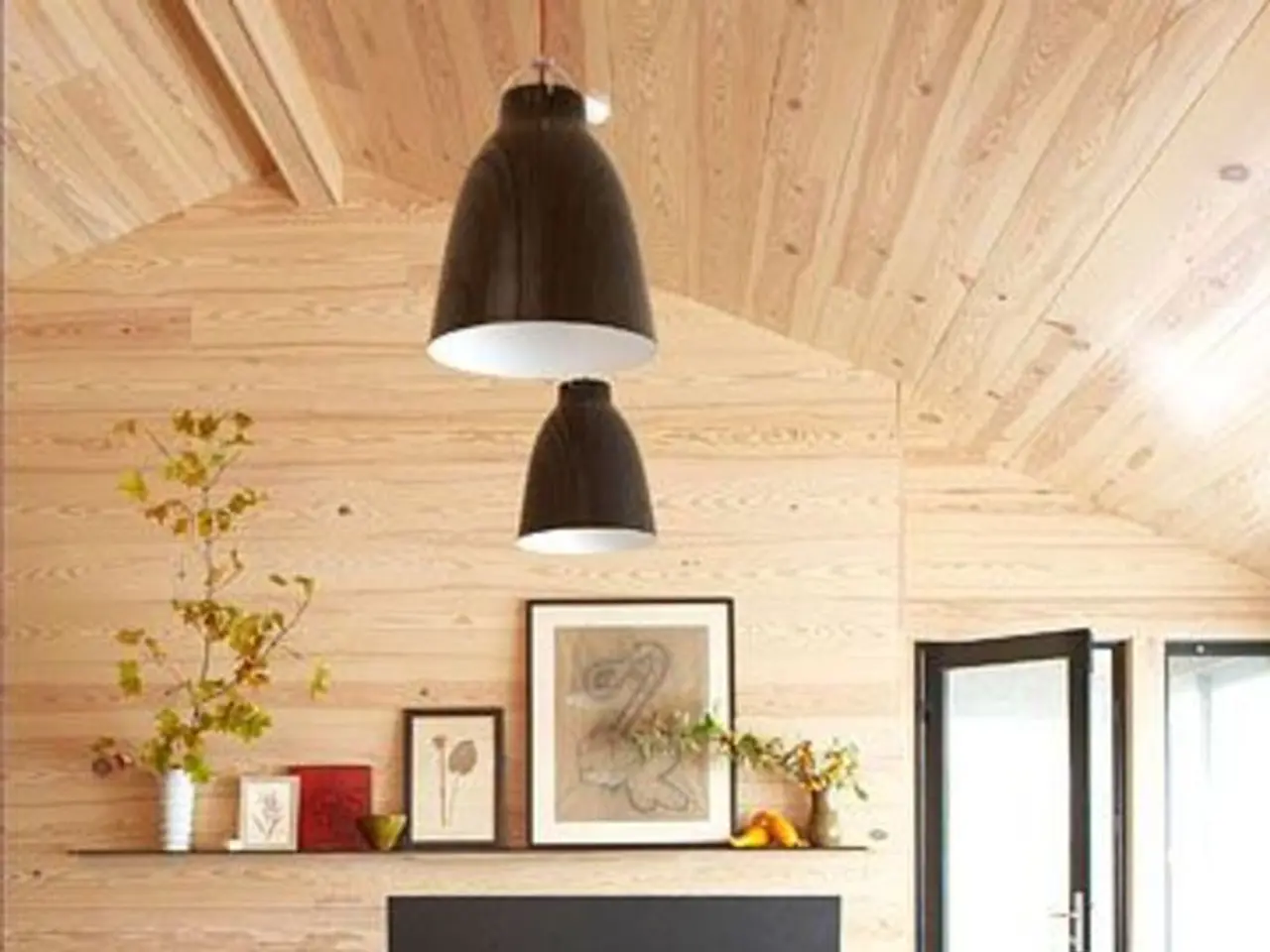Errors in gardening might be unexpectedly shrinking your garden's appearance and overall ambiance.
A small garden can be transformed into a spacious and inviting oasis with a few thoughtful adjustments. Gardening expert Nick Wood advises homeowners to avoid common mistakes and adapt garden trends to their specific garden layouts when working with limited space.
One of the most common errors in designing small gardens is overcrowding with too many features. To create a sense of openness, it's important to choose a clear focal point and keep other elements complementary, allowing adequate space around features.
Another mistake is choosing inappropriate garden furniture or placing it poorly, which can minimize garden space. Wood recommends using garden furniture that fits the scale of the garden and positioning seating facing outward towards open spaces or views to enhance a feeling of spaciousness.
When it comes to plant selection, it's crucial to use restraint and limit the variety of plants and hard materials to avoid visual clutter. Opting for green shades on verticals like fences and walls allows these to visually recede and blend with foliage rather than stand out.
Maximizing the garden’s length is another key strategy for creating a sense of depth and space. By laying out the design to take advantage of the garden's length, rather than crowding in all features at once, homeowners can make their small garden feel much larger.
Using lighter color schemes and reflective surfaces can also visually expand the space by bouncing light around. Proper plant spacing is essential to avoid overcrowding plants, which blocks light and airflow, contributing to a congested look.
Creating depth with a 'staircase' effect by placing tall plants at the back and smaller ones in the front can help make a small garden feel more open. Placing the seating area on one end facing outwards and creating a focal point on the other end can naturally draw the eye across the space.
Adding garden lighting can make a garden look more expensive and inviting, and also brighten key areas.
By focusing on simplicity, effective use of scale, and thoughtful spatial arrangement, a small garden can feel much larger and more inviting. Growing vegetables in pots or on balconies is a viable option for smaller gardens, and vertical elements like pergolas, trellises, wall-mounted planters, and climbing plants can also make a small garden feel more open.
Investing in garden furniture that fits the space and complements its size is also important. Plants can significantly influence the illusion of a garden's size, and creating depth with a 'staircase' effect can help make a small garden feel more spacious. With careful planning and thoughtful design, even the smallest garden can be transformed into a beautiful and functional outdoor space.
[1] Wood, N. (2021). Small Gardens: Making the Most of Limited Space. [Book]. London: Mitchell Beazley. [2] Wood, N. (2020). The Garden Expert's Guide to Small Spaces. [Article]. The Guardian. [3] Wood, N. (2019). The Art of the Small Garden. [Article]. The Telegraph. [4] Wood, N. (2018). The Small Garden Revolution. [Book]. London: Pavilion Books.
- Gardening in small spaces can benefit from the strategic placement of a focal point, helping to create a sense of openness in the garden, as advised by gardening expert Nick Wood in his book "Small Gardens: Making the Most of Limited Space" (Wood, 2021).
- Incorporating wellness into a small garden can be achieved by taking into account factors such as proper plant spacing and light reflection to visually expand the space, as suggested in Nick Wood's article for The Guardian titled "The Garden Expert's Guide to Small Spaces" (Wood, 2020).
- To enhance the beauty of a home's exterior, homeowners can consider investments in garden furniture that fit the space and complement its size, as recommended by Nick Wood in his book "The Small Garden Revolution" (Wood, 2018).
- To make the most of a small garden, employing a lifestyle that values simplicity and effective use of scale, and incorporating vertical elements like trellises and climbing plants, can help create a space that feels larger and more inviting, as detailed in Nick Wood's article for The Telegraph titled "The Art of the Small Garden" (Wood, 2019).





